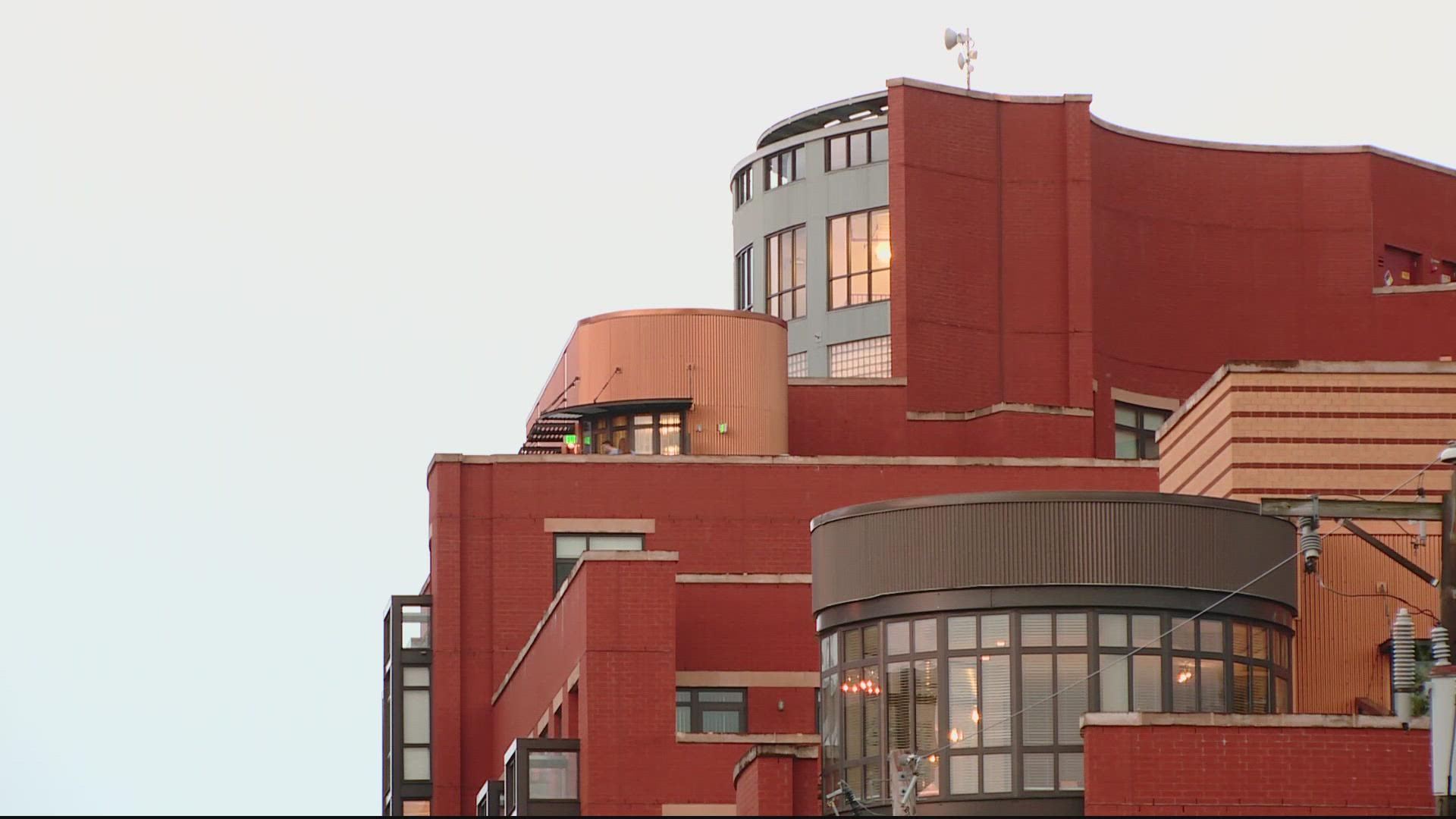ARLINGTON, Va. — As housing prices remain high and the amount of available residential real estate in Arlington County stays low, local leaders are discussing a significant way to address the problem.
The Arlington County Board held a work session meeting to discuss its Missing Middle Housing Study on Tuesday.
The study refers to the missing middle of housing stock in the county. Arlington leaders say the “middle” refers to the size and type of a home, relative to its location, in the middle, of a housing scale spectrum.
Currently, most Arlington residents live in high-rise buildings or single-family detached homes.
According to the county, about 75% of residential land in Arlington is exclusively zoned in the latter category.
For the last two years, Arlington leaders have studied ways to bring other housing choices to the area, options like duplexes and triplexes. They have also talked about how to improve county zoning standards to increase the housing supply all the while decreasing housing costs.
In May, the average home in Arlington County sold for more than $820,000, according to the Northern Virginia Association of Realtors.
Arlington’s housing study is currently in Phase 2, which specifically examines how different housing types would work if constructed in the county. County planners have also looked at ways to develop new frameworks around expanding housing choice.
Officials have considered whether to allow townhouses or buildings with anywhere from two to eight units to be built in areas currently limited to single household developments, reducing parking requirements, and establishing a maximum building for new housing types.
The county hopes it can keep Arlington diverse and inclusive while providing more housing opportunities to young professionals, growing families, and empty nesters.
At Tuesday’s meeting, the county revealed some of the methods it has used to let residents know about its potential future plans.
It said it’s reached out to community stakeholders, organized walking tours in neighborhoods, and mailed postcards to more than 150,000 residential addresses in the county.
“The level of engagement here has been unprecedented and quite creative and has been both targeted and broad,” said Arlington County Board Vice-Chair Christian Dorsey. “It's kind of hit all of the elements of what effective engagement means in order to be able to capture a wide variety of input.”
However, some people believe the county should gather even more input from local residents before moving forward.
“There hasn't been a lot of community feedback,” said Anne Bodine of the local group Arlingtonians for Our Sustainable Future. “So, the county will say they've given plenty of time, but really people don't pay attention during COVID.”
She said her group would specifically like to see more research done on what the fiscal impacts could be of increasing housing options and density in Arlington County.
Bodine claimed the county had not done enough to plan for new services and potential infrastructure demands.
“It's not plausible to say that you're bringing any new population here, and they're not going to have that impact,” she said.
Bodine added she has concerns about how parking, the county’s tree canopy, and environment could be affected.
She thinks renters could be displaced too.
“People who are at the lower end may be in rental housing,” Bodine said. “The owners of those units, as the prices of land go up, the owners of those units have more incentive to remodel and redevelop. When that happens, those low rents disappear and a lot of people are forced out of the county.”
But, the local group, YIMBYs of Northern Virginia, disagrees with Bodine’s assertion.
The group’s founder, Luca Gattoni-Celli, said he believed maintaining the status quo would also result in Arlingtonians being pushed out of the county.
“Right now, people are bidding up the prices of apartments and garden apartments and smaller scale homes and kind of pushing out lower income residents,” he said. “And, so, if you don't have a place for affluent people to move into, they're going to move into the lower income neighborhoods and displace people.”
Gattoni-Celli said many of the members in his group actually live in Alexandria, because they were priced out of Arlington County.
“This is needed because people need housing choices that they don't have right now,” he said.
Gattoni-Celli added he thinks it only a small minority of Arlington residents who are vocally expressing their opposition to the county’s plan.
“I think it's worth asking them, ‘what is your alternative?’ he said. “Because right now, people are really hurting and we don't have a good plan and we need to make one.”
Bodine admits the housing situation that faces Arlington County is complex.
“That is a very difficult, difficult question,” she said. “I don't think we've seen any jurisdiction in the US that has resolved this to the satisfaction of all the community. I think it needs a lot of debate.”
Arlington County still has many steps to go before it makes any decision regarding its housing strategy.
County staffers are expected to develop draft proposals and conduct more community engagement sessions in the coming months.
After that, county leaders could then possibly vote on housing and zoning changes in December.

